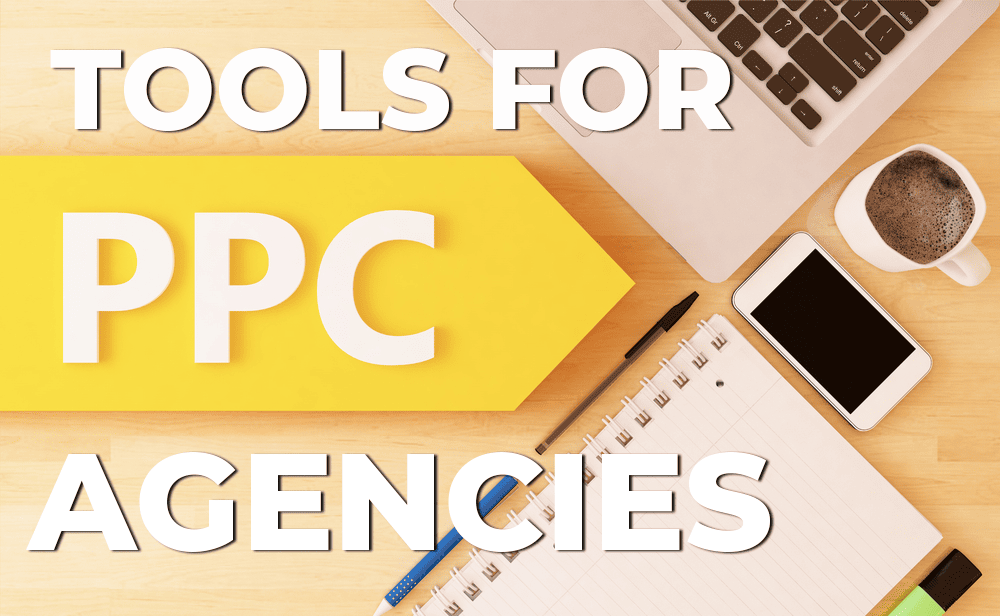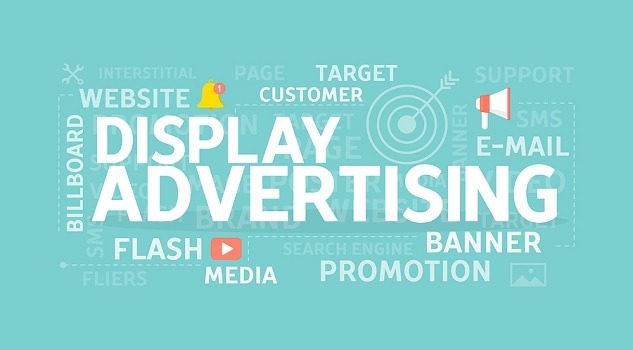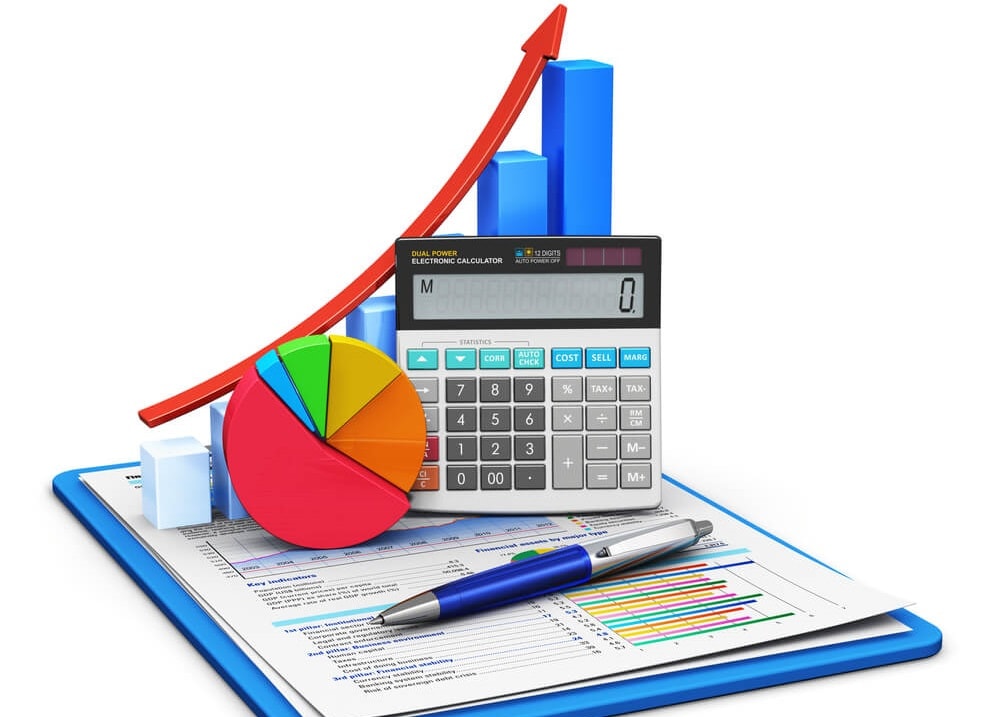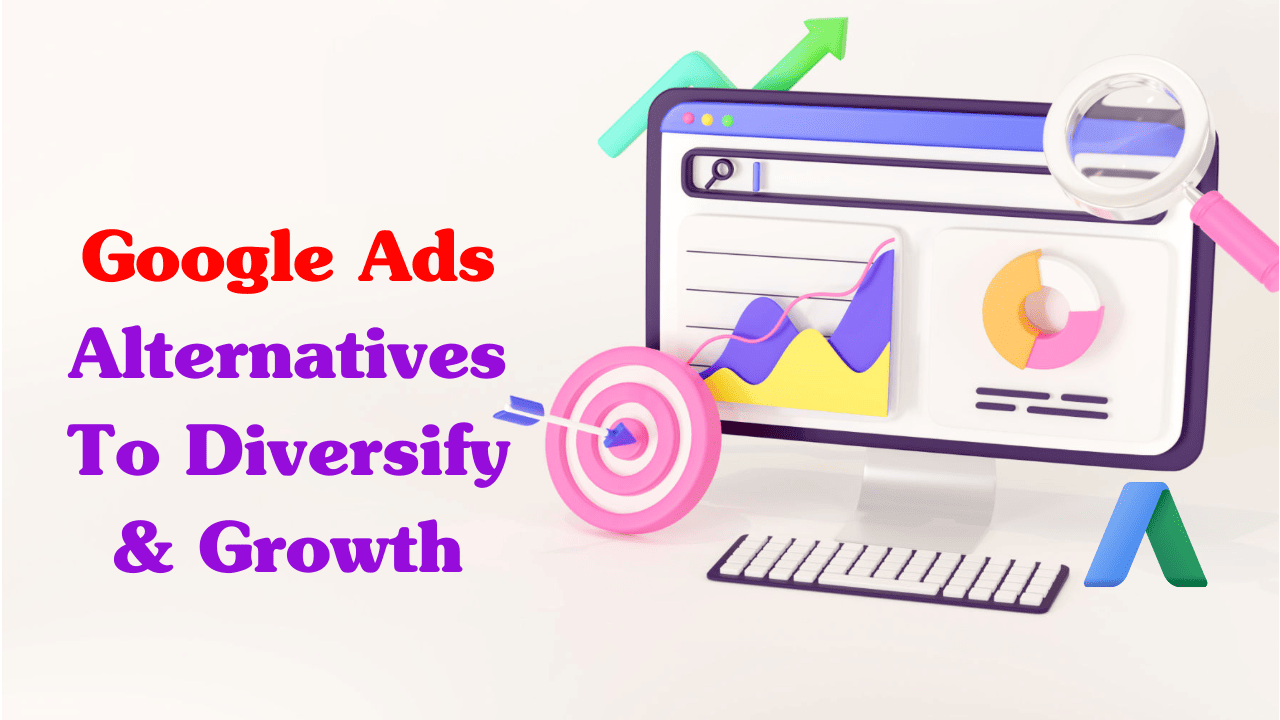When collaborating with a new PPC client, my role involves assisting them in defining goals that are in harmony with their business objectives. It’s surprising to note that a considerable number of clients do not have well-defined campaign objectives beyond the general aim of increasing traffic or conversions.
In this context, let’s explore a framework designed to establish meaningful key performance indicators (KPIs) and metrics that align with your business goals at each stage of the funnel.
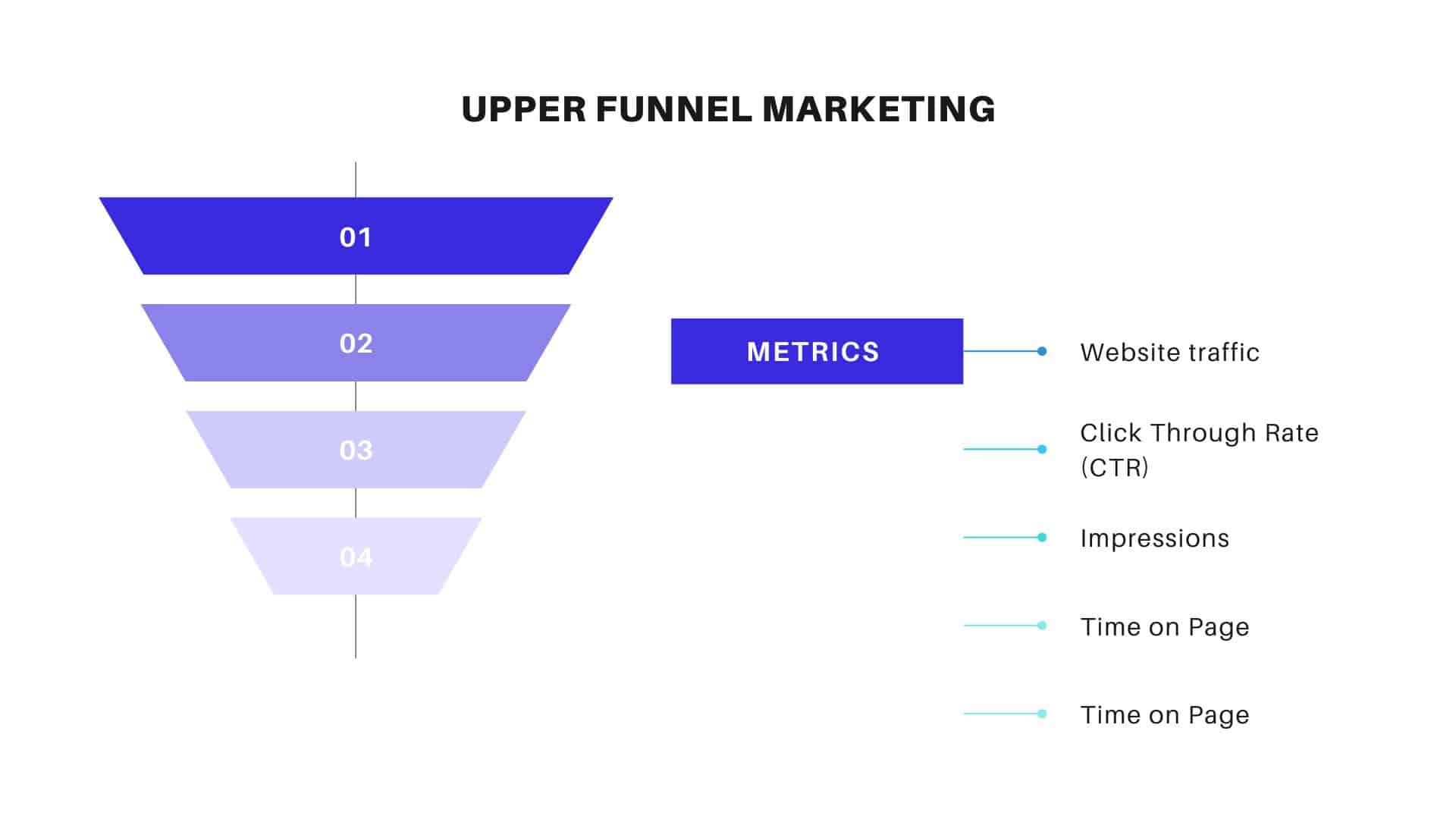
Distinguishing between PPC KPIs and metrics is crucial for evaluating the success
KPIs represent your ultimate goals, while metrics are data points measuring progress towards those goals. For instance, if the aim is to increase qualified leads, metrics may include the conversion rate and the number of new users directed to a specific URL.
In PPC campaigns, understanding the disparity between KPIs and metrics is vital, as these campaigns can serve various objectives. Choosing relevant KPIs for your business and linking them to appropriate metrics is essential for success.
It’s common for clients to apply uniform goals to all campaigns regardless of their place in the marketing funnel. However, tailoring goals and metrics based on the funnel stage is crucial for accurately measuring performance.
Aligning PPC goals with the marketing funnel is significant because relying solely on paid search for bottom-of-funnel marketing is a mistake. PPC campaigns can contribute to every stage of the marketing funnel if appropriately configured and measured against stage-specific metrics and benchmarks.
A prevalent mistake among clients is setting identical goals for campaigns at different funnel stages. This oversight neglects the necessity of aligning campaigns with specific goals, requiring distinct KPIs and metrics for a fair and accurate evaluation.
You may also like: The Importance of Bottom Of Funnel Keywords In SEO for Brands
Upper-funnel PPC campaigns
The goal of the upper-funnel campaign is to build awareness in places where that doesn’t exist today. These campaigns should drive a broad audience, including potential and future customers, with the hopes that interest in your product or service is piqued.
Given the focus on wide reach, these campaigns will generally use campaign types that provide high visibility at a lower cost.
In many ways, it’s important to keep top-of-funnel campaigns separate from the rest of your PPC marketing because PPC is often mistakenly thought of as solely bottom-funnel marketing.
Top-of-funnel campaigns will often make use of the Google Display Network, which has some different benchmarks, Ad Content, and advantages.
For an objective assessment of top-of-funnel campaigns, one has to make use of correct KPIs and metrics in their analysis.
Key Performance Indicators (KPIs) for upper-funnel PPC campaigns:
- Enhance brand awareness.
- Amplify website traffic.
- Foster social media engagement.
- Elevate brand engagement.
Metrics for upper-funnel PPC campaigns:
- Impressions
- Cost per mille (CPM)
- Click-through rate (CTR)
- Engagements (Google Ads)
Mid-funnel PPC campaigns
Navigating mid-funnel campaigns can be challenging as they consist of various goals and campaign strategies, including:
- Demand generation campaigns (previously known as Discovery ads).
- Display ads.
- Search ads.
- Dynamic search ads.
- And a multitude of other options.
What sets these campaigns apart is their focus on meeting users in the Interest/Consideration phase. Consequently, your KPIs and metrics should align with the ultimate objective of identifying users interested in your product or service and assisting them in considering whether to take action.
You may also like: Diving Deep into App Analytics: Measuring Success
Key Performance Indicators (KPIs) for mid-funnel PPC campaigns:
- Establish authority in the industry.
- Increase engagement.
- Drive consideration.
- Nurture leads.
Metrics for mid-funnel PPC campaigns:
- Micro conversions, such as demo sign-ups or PDF downloads.
- Click-through rate (CTR).
- Bounce rate.
- Engagement rate (GA4).
Bottom-of-funnel PPC campaigns
Finally, we reach the aspect that many individuals often associate with PPC campaigns – the bottom-of-funnel endeavors that prove highly effective in prompting actions such as form submissions, phone calls, purchases, and requests for a quote.
These efforts consist of:
- Search campaigns featuring highly intent-driven keywords.
- Display remarketing campaigns strategically targeting users who have engaged with mid-funnel initiatives to guide them further down the funnel.
Key Performance Indicators (KPIs) for bottom-of-funnel PPC campaigns:
- Acquire new customers.
- Increase revenue.
- Generate leads.
- Increase purchases.
Metrics for bottom-of-funnel PPC campaigns:
- Primary conversions (e.g., form submissions or purchases).
- Conversion rate.
- Cost per acquisition/conversion (CPA).
- Return on ad spend (ROAS).
- Average order value (AOV).
- Cart abandonment rate.
- Item quantity.
Attribution in GA4 for Paid Search
The assessment of PPC campaign performance can be transformed through marketing attribution. By default, Google and Microsoft Ads PPC campaigns use a last-click attribution model, unless you opt for a manual change to data-driven attribution. In July 2023, Google announced the retirement of first-click, linear, time decay, and position-based attribution models.
In contrast, GA4 uses the cross-channel data-driven model as its default attribution model. Additionally, it offers last-click attribution models for both paid and organic channels, including specific last-click models for Google paid channels, which can be applied to certain reports at the property level.
You may also like: What Are The Reasons For The Failure of a Content Strategy?
The Alignment of Metrics and KPIs with Business Goals
At times, your overarching business goals seamlessly align with specific KPIs and metrics. In other instances, ingenuity may be required to connect PPC endeavors with broader business objectives.
The gravest error lies in establishing KPIs and metrics that fail to contribute to business success. A close second is the failure to articulate, clearly and straightforwardly, how these KPIs and metrics play a role in achieving business success.
Securing buy-in and budget from key stakeholders often entails helping them grasp the correlation. Clearly articulate how your chosen KPIs support the company’s overarching mission and objectives.
Effective PPC Setting Tailored for KPIs and Metrics on Each Funnel Stage
In the end, the KPIs selected for your PPC initiatives should directly align with your business objectives. The metrics chosen to measure these KPIs will be contingent on your business nature and campaign structure.
Do yourself a favor and refrain from the mistake of applying uniform KPIs across all efforts. Tailoring your KPIs to the specific marketing funnel stage around which your campaigns are built will yield superior results, impressing not only your boss or client but also positioning you for future success.
Would you like to read more about “Google on How to Move To A New Website Without SEO Issues” related articles? If so, we invite you to take a look at our other tech topics before you leave!
Use our Internet marketing service to help you rank on the first page of SERP.






